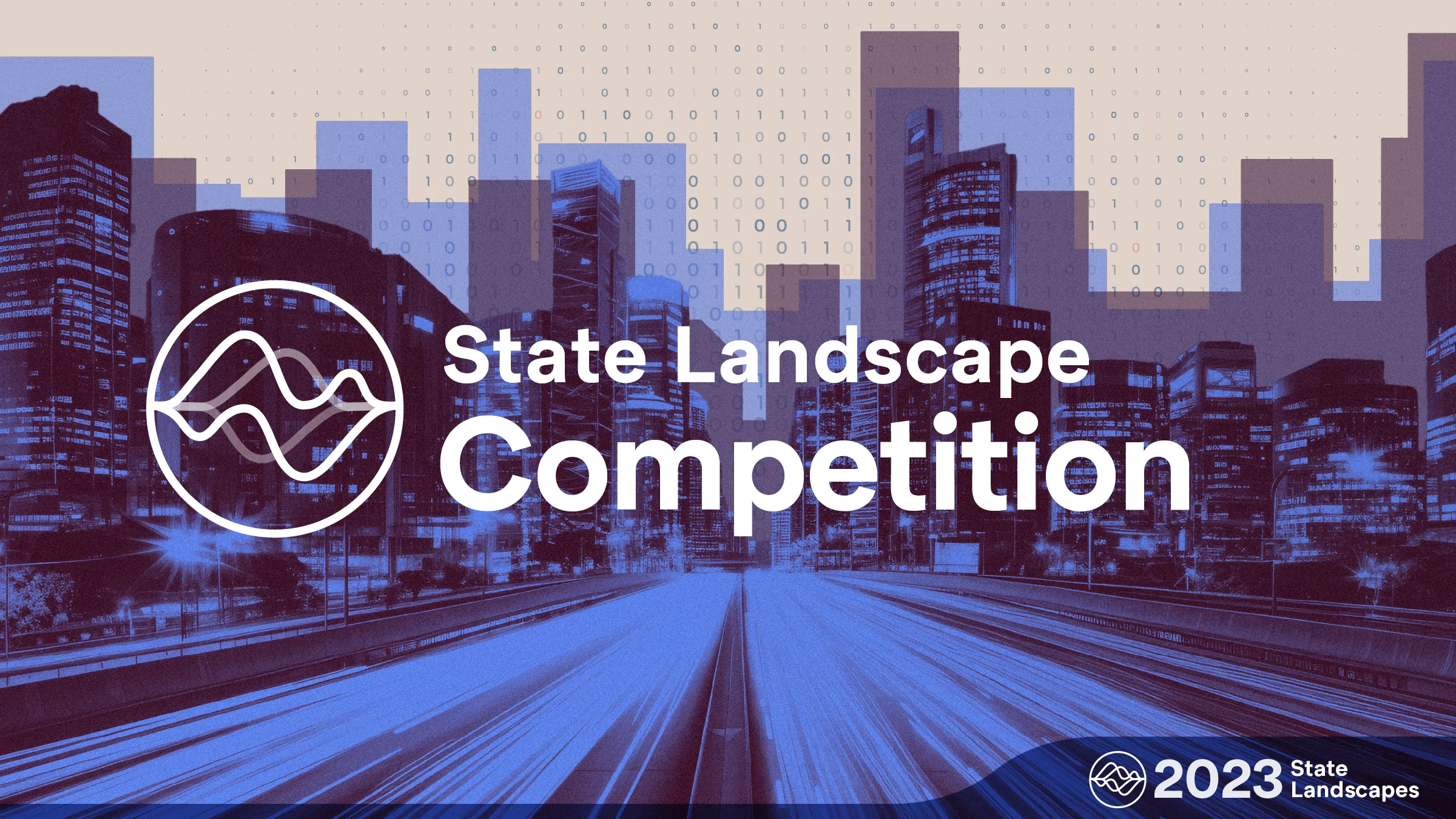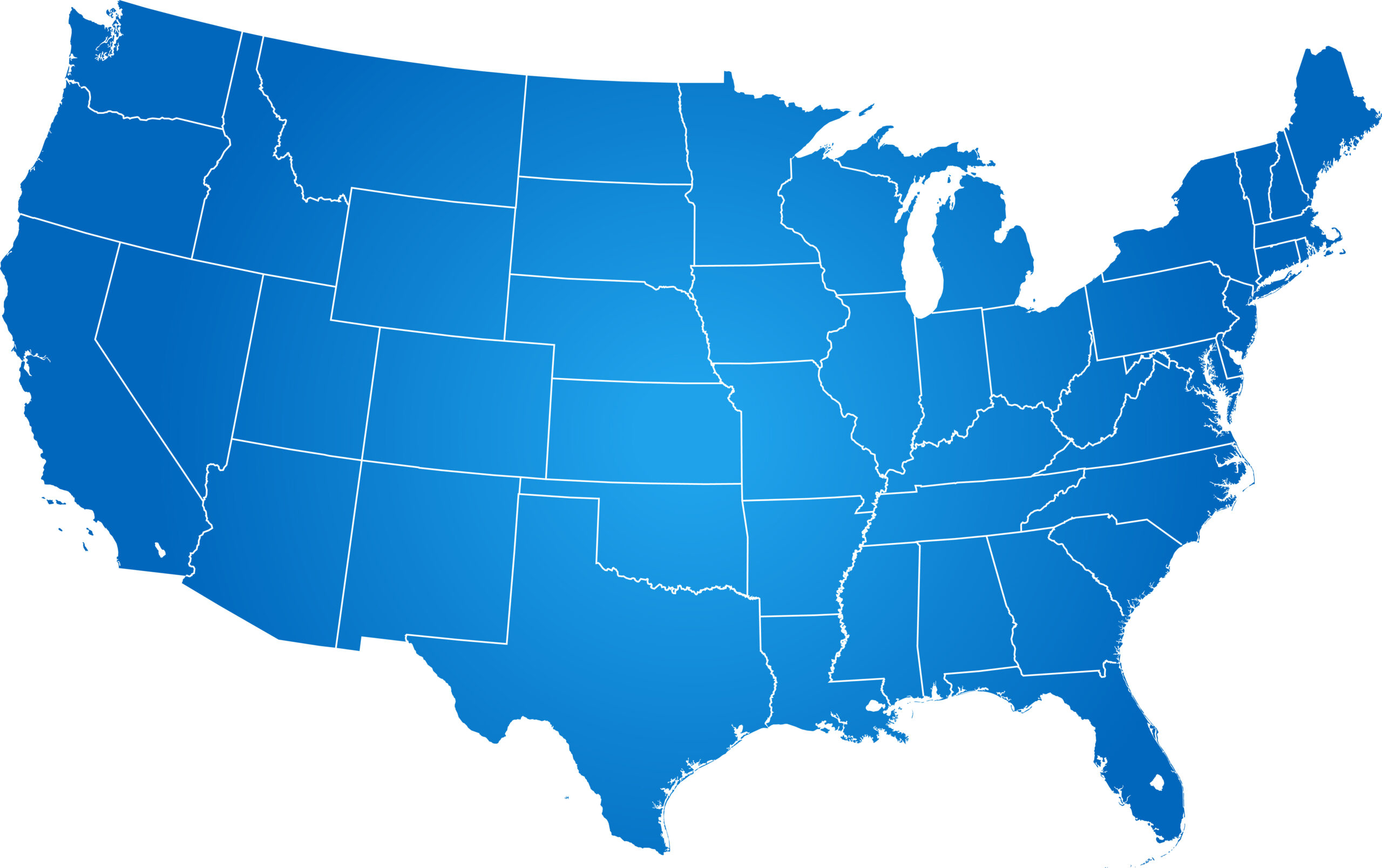[Mundane Activity] + [3D Printing] = Patent!
One problem caused by a patent system with low thresholds is the “+ Internet” problem. As Lore Sjöberg suggests at Wired this morning, the “+ Internet” problem may soon haunt 3D printing. “Because,” he argues, “we don’t reward making cool things, we reward thinking about making cool things.”
So, what is the + Internet problem? Here’s the recipe for making one: Take one part mundane activity, combine with one part new technology, retain counsel to shake PTO vigorously, and serve resulting patent over ice. (Pro tip: serving multiple + Internets at once is referred to as “a Marshall.”)
All too frequently, a patent applicant links some ordinary, mundane activity with the latest technology advancement in an overbroad patent that most experts in the field considered too obvious to file. When these applications are granted, they stifle innovation. While it is reasonable to expect that some discrete, innovative implementations of 3D printing and Internet communication might indeed be patentable, ‘discrete’ and ‘innovative’ are not words one would use to describe many of the patents from the “+ Internet” era. Consider shopping cart + Internet. A recent favorite. Or auction + Internet? We serve those too. Advertising + Internet? Got you covered.
Sadly, the patent system has repeatedly suffered through paroxysms of this sort of old thing + new thing land-grabbing. A wave occurs with most new technologies, from computers to the Internet to mobile to social media. In fact, the recent Supreme Court case Bilski v. Kappos involved a “+ computer” patent. This is not an entirely new phenomenon, however. Some examples date back over a century, including the now-infamous “Selden Road Engine” patent.
“In 1895, George Selden obtained a U.S. patent with a claim so broad that “ it literally encompasse[d] most automobiles ever made.” Yet the basic invention covered by that claim – putting a gasoline engine on a chassis to make a car – was so obvious that many people worldwide thought of it independently as soon as the most primitive gasoline engines were developed. The association that licensed the Selden patent collected hundreds of thousands of dollars in royalties – raising costs and reducing the output of automobiles – before Henry Ford and others challenged the patent, and the patent claim was judicially narrowed.”
(Source: U.S. Federal Trade Commission, To Promote Innovation)
Some of these patents have been subjected to adverse judgments, but not until after years of litigation, and in some cases, substantial royalty payments to the undeserving patentee.
The + Internet problem has worsened for numerous reasons. One is that an increase in functional claiming – the ability for patentees “to claim ownership not of what they built, but of what it does” – has permitted the general broadening of patent scope. Another is that the patent system is not particularly good at responding to prior art. The fact that many people were independently pondering the application of combustion engines to locomotion did not necessarily foreclose the issuance of Selden’s patent. Similarly, 3D printing patents may not necessarily be foreclosed by the fact that observers with little or no skill in the art of additive manufacturing are speculating on the potential of (for example) home-printed game pieces or remote delivery of parts.
(Enjoy your + Internets responsibly.)








